
www.federalregister.gov/documents/20...


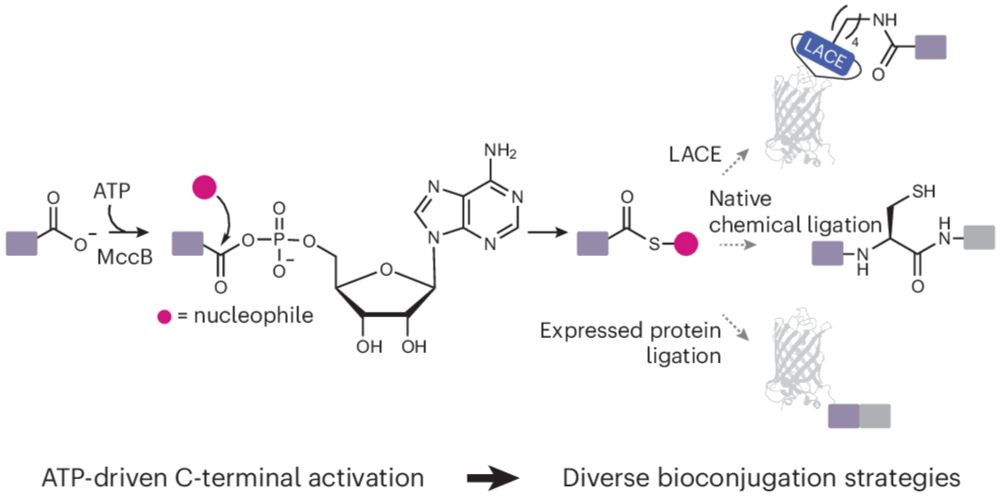


Are you a postdoc/grad student preparing to launch a faculty search? Do you have a track record of excellence in research, leadership, mentorship & community engagement? Apply to the 2025 Next Generation Faculty Symposium: www.berkeleystanfordnextgensymposium.com! Pls repost! (1/3)
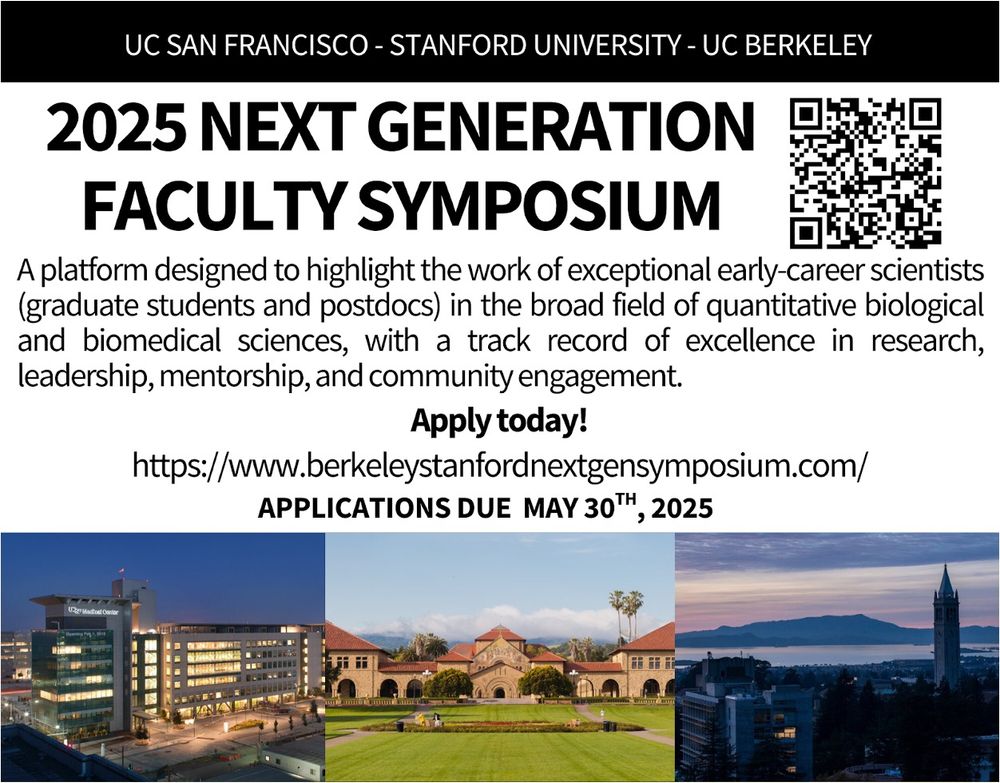
Are you a postdoc/grad student preparing to launch a faculty search? Do you have a track record of excellence in research, leadership, mentorship & community engagement? Apply to the 2025 Next Generation Faculty Symposium: www.berkeleystanfordnextgensymposium.com! Pls repost! (1/3)
What follows will include some generalizations based on population averages of what I have experienced over the course of my career. There are, of course, exceptions in every group who are substantially more to one extreme or the other.


sciencehomecoming.com
sciencehomecoming.com
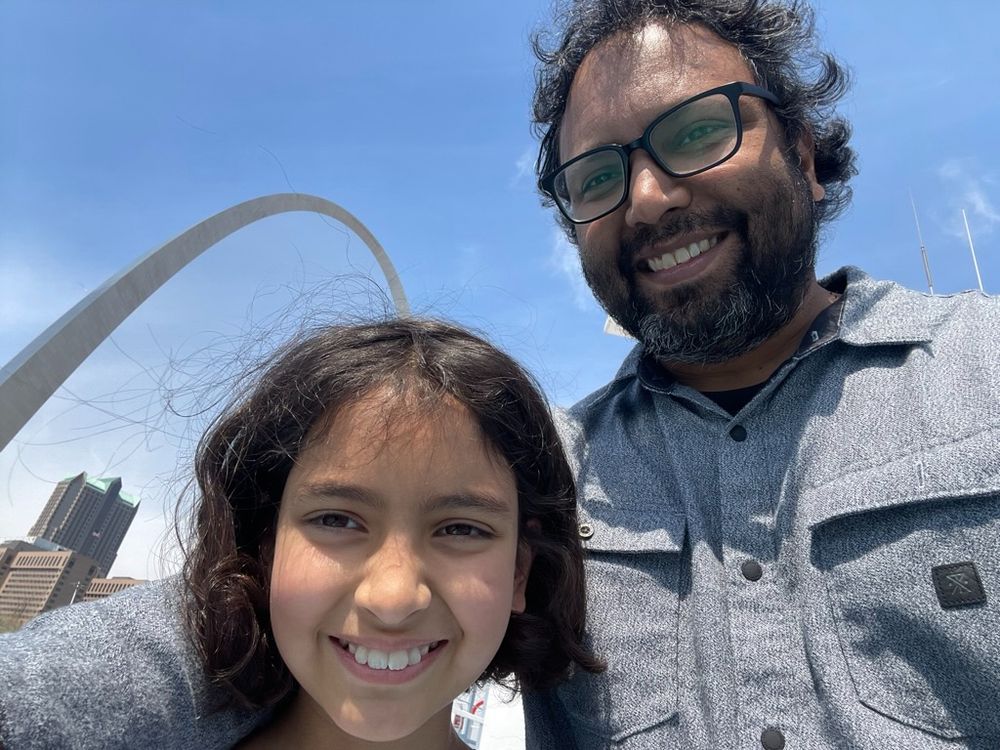
My format is generally:
NIH is important for the nation, both in terms of health knowledge and economics/competitiveness
1/n
My format is generally:
NIH is important for the nation, both in terms of health knowledge and economics/competitiveness
1/n

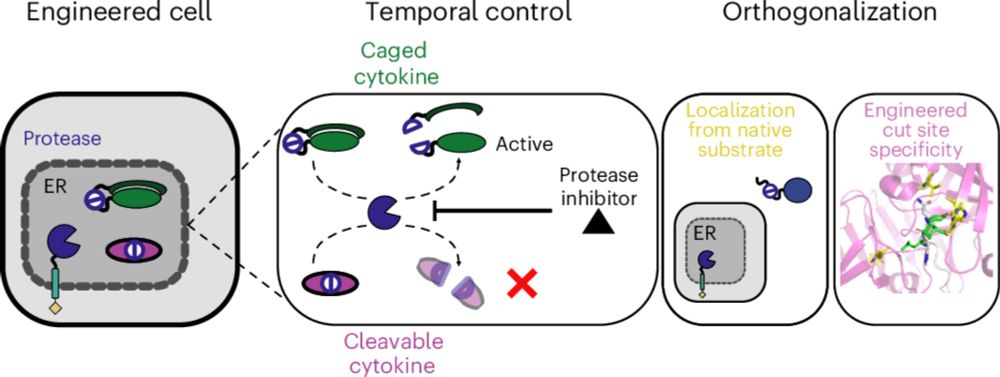

TLDR: PANCS-binders is fast (2 days), cheap (pennies), has extremely high fidelity (low false positive and negatives), and high-throughput.
1/n
#biosky

TLDR: PANCS-binders is fast (2 days), cheap (pennies), has extremely high fidelity (low false positive and negatives), and high-throughput.
1/n
www.nature.com/articles/s41...
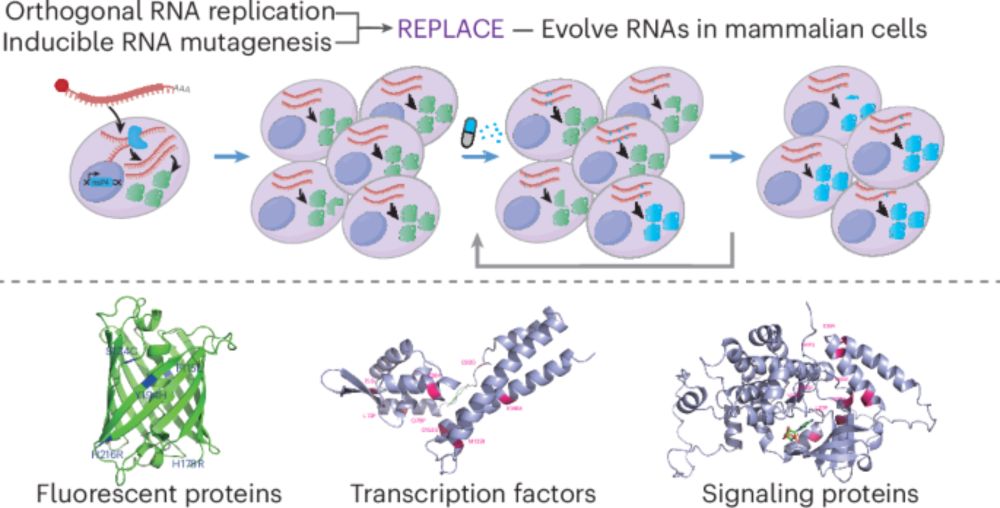
www.nature.com/articles/s41...
www.rochester.edu/newscenter/w...

www.rochester.edu/newscenter/w...
www.biorxiv.org/content/10.1...

www.biorxiv.org/content/10.1...
TRACeR for MHC-I: go.nature.com/4gcLzn5
TRACeR for MHC-II: go.nature.com/4gj5OQk

TRACeR for MHC-I: go.nature.com/4gcLzn5
TRACeR for MHC-II: go.nature.com/4gj5OQk

